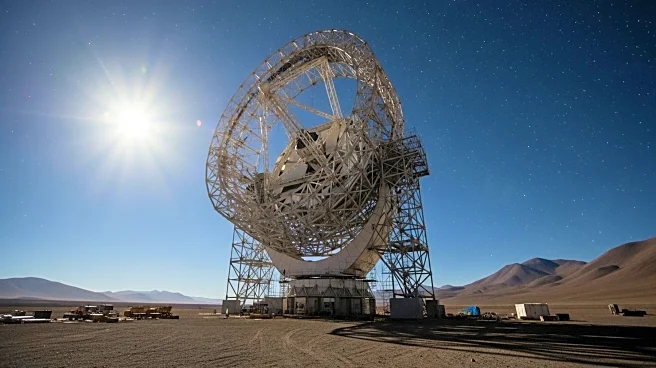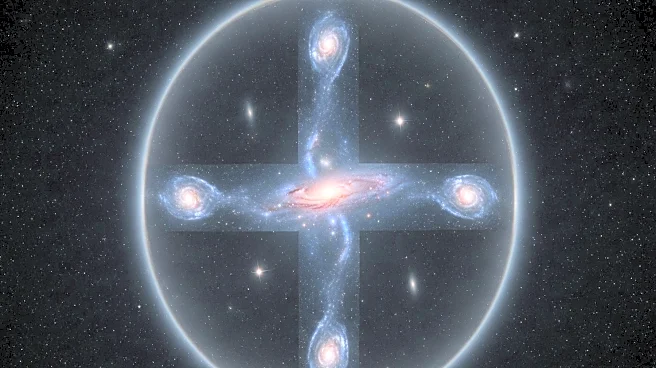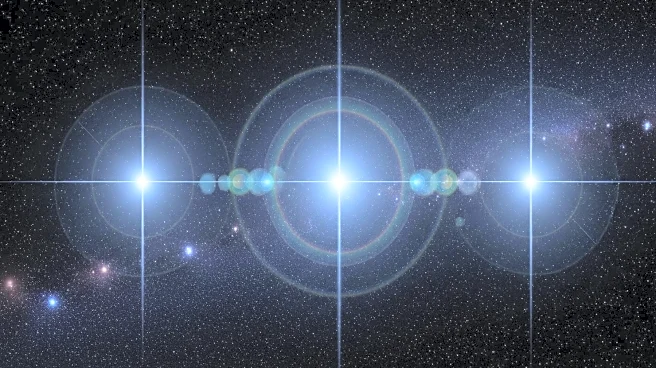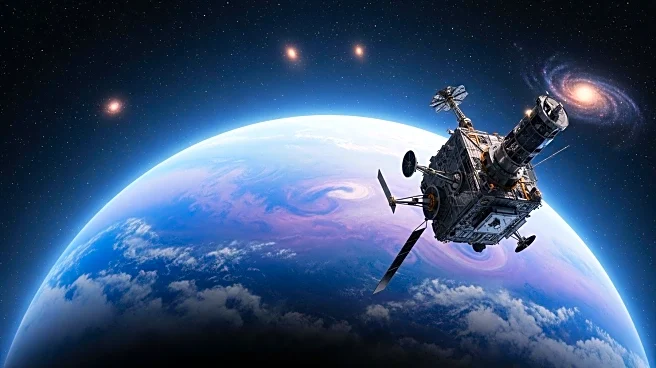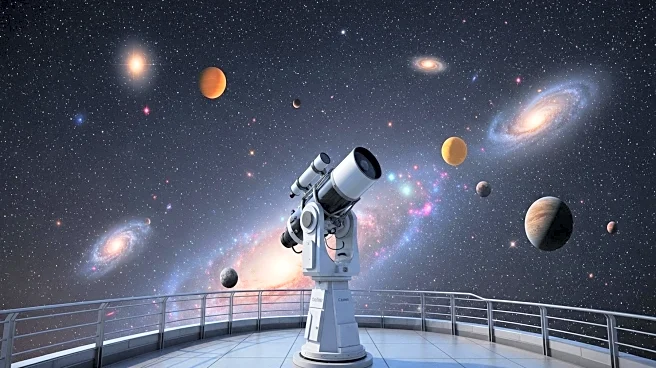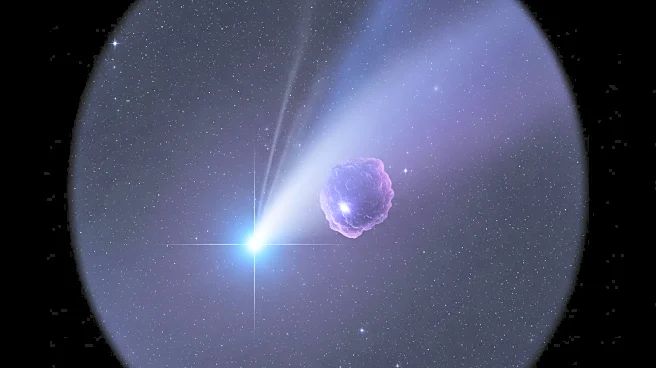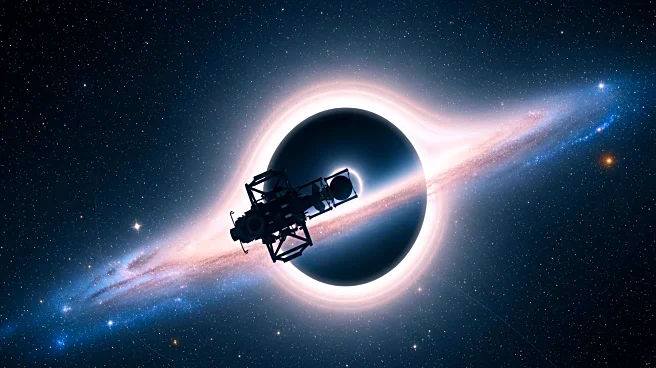What's Happening?
The European Southern Observatory (ESO) is currently constructing the European Extremely Large Telescope (ELT) in the Atacama Desert of Chile. This ambitious project, with a budget of approximately $1.4 billion, aims to create the largest optical and infrared telescope in the world. The ELT features a primary mirror that is 128 feet wide, designed to capture unprecedented images of distant celestial objects. The construction site, Cerro Armazones, is strategically chosen for its high elevation and minimal light pollution, which are ideal conditions for astronomical observations. The telescope is expected to significantly enhance our understanding of the universe by allowing astronomers to observe fainter and more distant objects than ever before.
Why It's Important?
The construction of the ELT represents a major advancement in astronomical technology and research capabilities. Once operational, the telescope will enable scientists to explore the universe's earliest galaxies and potentially discover new exoplanets by imaging them in reflected light. This could lead to groundbreaking discoveries about the formation and evolution of galaxies, stars, and planetary systems. The ELT's ability to observe light from the most ancient parts of the universe will provide insights into the Big Bang and the subsequent development of cosmic structures. The project underscores the importance of international collaboration in advancing scientific knowledge and technological innovation.
What's Next?
As construction progresses, the ELT is expected to become operational in the coming years. Once completed, it will join other major observatories in the Atacama Desert, contributing to a global network of astronomical research facilities. The scientific community eagerly anticipates the data that the ELT will provide, which could lead to new theories and models about the universe. The project may also inspire further investments in large-scale scientific endeavors, highlighting the value of such initiatives in expanding human understanding of the cosmos.
Beyond the Headlines
The ELT project also raises important questions about the environmental and cultural impacts of large-scale scientific installations in remote areas. The Atacama Desert is home to unique ecosystems and indigenous communities, and the construction of such facilities must balance scientific progress with respect for local environments and cultures. Additionally, the project exemplifies the growing trend of international cooperation in science, as countries pool resources and expertise to tackle complex challenges.

